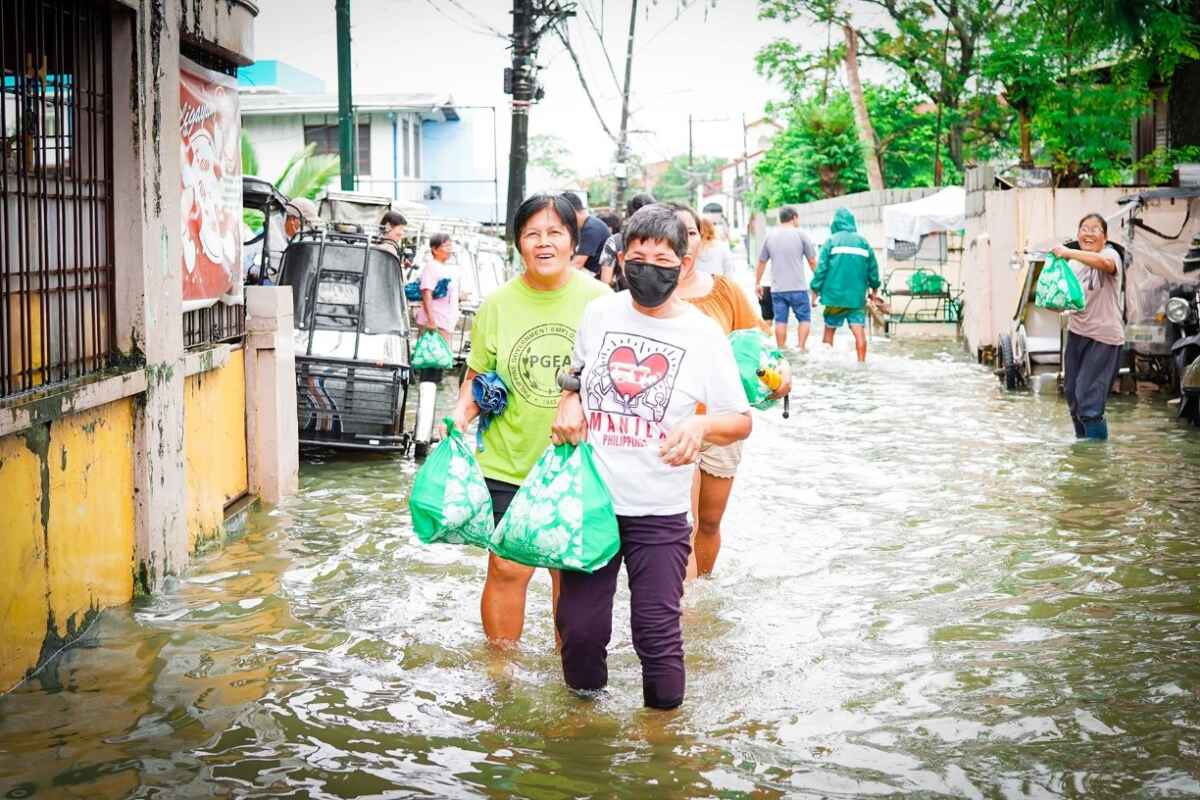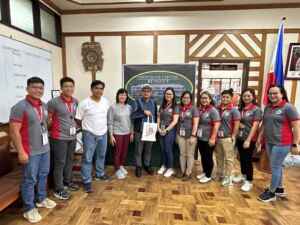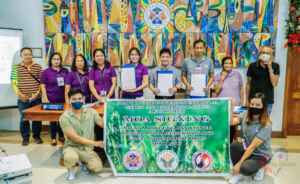THE IMPORTANCE OF COMMUNITY-BASED DISASTER RISK REDUCTION AND MANAGEMENT

A person’s safety during calamities is mainly dependent on their community’s disaster preparedness. No matter how ready they are for all possible catastrophic scenarios, every bit of preparation can go down the drain if their community cannot respond effectively to such events.
It is why a community based disaster risk reduction and management plan (CBDRRMP) is essential. It places the responsibility of being prepared for calamities and other emergencies on the
community as a whole, ensuring that organizations, households and individuals can work together in making their community more resilient in the face of disaster.
CBDRRMP is important, especially for countries highly vulnerable to disasters, such as the Philippines. Situated within the Pacific Ring of Fire and typhoon belt, the Philippines is frequented by earthquakes and volcanic eruptions and typhoons respectively. The country ranked 9th in the world in terms of vulnerability to calamities in the 2020 World Risk Index. One of the most common events experienced by the Philippines is flooding, which underscores the importance of
effective floodwater management.
There are many ways that local government units are doing this. Efforts range from structural measures such as sizeable underground drainage systems, floodways, pumping stations, flood
warning systems, and urban greening to non-structural measures such as minimizing plastic waste, a primary culprit in urban flooding. With the country situated on five active fault lines, Filipinos must also prepare for earthquakes. It is why many buildings are equipped with earthquake-resistance features. Taking earthquake resilience in the country further are the periodic earthquake drills implemented at the national and organizational levels.
These are good examples of effective CBDRR, where both the authorities and the citizens work together to ensure the safety of life and property in their communities. As a trusted and responsible developer of integrated properties, SM has always been committed to promoting Disaster Risk
Reduction and Management (DRRM) in its communities, which is evident in many of its malls that employ infrastructure design centered on disaster resilience. SM allocates 10% of its capital expenditures to incorporate disaster-resilient features, of which installing water management design features is one of them.
A few examples of these are SM City Marikina, elevated by several rows of concrete stilts to protect tenants and mallgoers during extreme floods. SM Mall of Asia was built with a storm surge barrier for added protection during storm surges, and several malls employ catchment tanks for recycling
rainwater. The launch of the Rainwater Catchment facility in SM City Baguio is one of the firstof its kind in a mall-setting facility that converts rainwater to potable water and helps contribute to the city’s water conservation and recycling efforts. “Wherever SM is, we try to help our communities
become resilient to changing weather patterns,” explains Arch. Fides Garcia-Hsu, Vice President of SM Engineering, Design and Development.
“Nationwide, we have 25 malls equipped with rainwater catchment facilities that help rain water management to avoid flash floods for surrounding communities.” Supporting these are several initiatives focused capacity-building for its stakeholders. It includes workshops & learning sessions
on Disaster Risk Resilience Management and regular participation in the quarterly national simultaneous earthquake drills for its employees, and the annual Emergency Preparedness Forum for persons with disabilities and the elderly, two of the most vulnerable sectors of society during disasters.
Similarly, in line with its multi-stakeholder approach, SM Prime has also continuously built long-term partnerships with organizations that advocate for a disaster-resilient Philippines. It includes
collaboration between schools and SM Supermalls in areas of learning such as launching of the Sustainability Features and Greening Effects Tour. Students are equipped with knowledge about the mall’s sustainability initiatives like the importance of Rainwater Treatment Facility, which has a remarkable role in reducing flood volumes, providing an important contribution to avoiding potential drainage system failures during typhoon events. It also includes collaborations with ARISEPhilippines, the National Resilience Council, the National Disaster Risk Reduction and
Management Council, the Office of Civil Defense, and the Bureau of Fire Protection, to name a few.
Lifestyle
CORDILLERA MONTH GONG
July 5, 2025
WAITING SHED REHAB
July 5, 2025
SHEN HANN CAFE AND RESTO
July 5, 2025
SILOG FOOD STALL SERVING GOOD FOOD
July 3, 2025
BEYOND THE COUNTER: A WORKING STUDENT’S STORY
June 28, 2025






